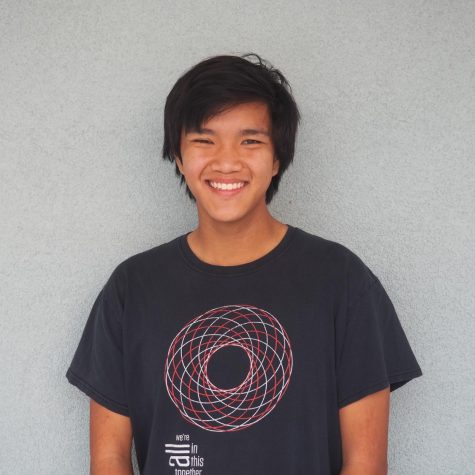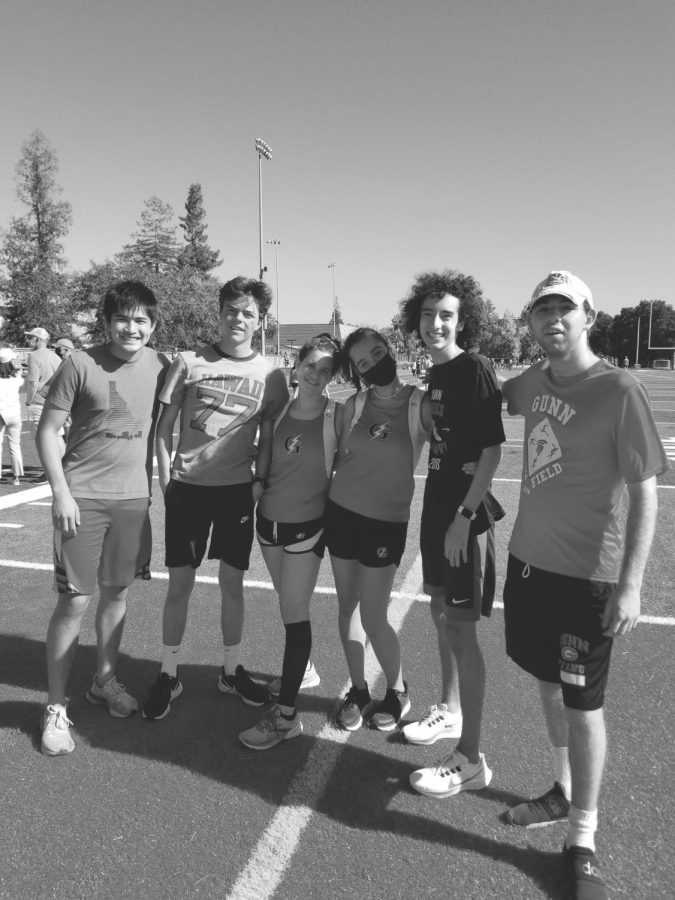Team fundraising, Sports Boosters provide support for sports
As Gunn sports return at full capacity, many students athletes are curious about where the funding for their sports comes from. Each student is recommended to make a donation towards their team, but there is much more happening behind the scenes to get all 17 sports–each with up to four different teams for boys, girls, junior varsity and varsity—running smoothly.
Money can go to a multitude of things, from new jerseys and practice equipment to, in the case of softball, a new scoreboard. Larger projects, such as the new scoreboard, would require the involvement of Sports Boosters, a non-profit that raises money for Gunn Athletics, run by President Sunita Verma. “We’re a fundraising arm to support Gunn Athletics, but the money we raise is not for everyday things,” Verma said. “We do it for special initiatives or any capital improvement projects that the athletic department may have in mind.”
The Sports Boosters are responsible for raising almost all the money for sports-related improvement projects. Past initiatives undertaken by Sports Boosters include the inflatable tunnel that football most often uses at the beginnings of games and the banners that hang in Titan Gym to celebrate past victories and league wins. “PAUSD funds less than 18% of the Gunn Athletics annual budget, which includes 45 teams and nearly 1,100 athletes,” the Sports Boosters website details. The 18% includes transportation, the salaries of coaches and payment for helmets to be used by sports such as football. These helmets need to be checked yearly to make sure that they are still effective in keeping players safe from concussions.
A common belief among students athletes is that football gets preferential funding. With the recent success of the Gunn football team, the number of players has substantially increased, which has prompted a request for more practice equipment, according to tight end senior Arjun Raja. “We’re getting a bunch of new players,” Raja said. “In Coach Miller’s first year, there were about 30 kids on the team in varsity and JV, and now our program is up to 60.” Raja also added that the helmets and gear were all being fully used, another testament to the growing program.
For individual projects on a smaller scale, teams often turn to hosting fundraisers. Cross country, for instance, recently held a fundraiser in order to buy an ElliptiGO, a type of elliptical. “It was our runathon,” co-captain senior Joshua Gehring said. “Instead of going out on the long run we usually do on Saturdays, we stayed at Gunn and did laps around the track for 70 to 80 minutes. We raised money from friends and family, and we had a potluck. They basically paid us to run.”

Running cross country technically requires no practice equipment, but equipment can be helpful for students who have short-term injuries, according to Gehring. “I think we could use more stuff for people who need to do activities when they’re injured,” he said. For these team fundraisers, Sports Boosters will hold any funds raised. “Cross country was doing a fundraiser for a particular thing they wanted, and we just held the funds for them,” Verma said. “Their team account money can be used for whatever they need.”
Football has also done fundraisers in the past. “We’ve done car washes,” Raja said. “I wasn’t personally there, but I definitely know that it happened and that it was primarily for new jerseys.”
Sometimes, however, the inequality in money is less hurtful than the inequality in recognition. Senior Elina Saab-Sunden, a member of the girls varsity soccer team, that in 2019 was undefeated, thinks that less visible sports don’t receive enough recognition for their accomplishments. “[Girls soccer] doesn’t need anything for winning, you know,” she said, “But if [other teams] get all of these things and we get nothing, that doesn’t add up.”
For now, Gunn Sports Boosters has renewed its commitment to awareness surrounding money allocation. “We’re trying to bring more transparency to the parents,” Verma said. “[We’re also] working with our counterparts at Palo Alto High School to make sure both of the schools are run similarly. That way, it’s the same at both of the high schools, and there’s transparency for the community to see where the funds are.”
Your donation will support the student journalists of Henry M. Gunn High School. Your contribution will allow us to purchase equipment and cover our annual website hosting costs.

Annika Bereny, a senior, is a Lifestyle Editor and has been on staff since January 2019. When she's not busy finding inane pop culture moments to write...

James Huang, a senior, is a new member of The Oracle staff and a reporter for Lifestyle. He runs cross country, plays guitar and watches shows on Amazon...


